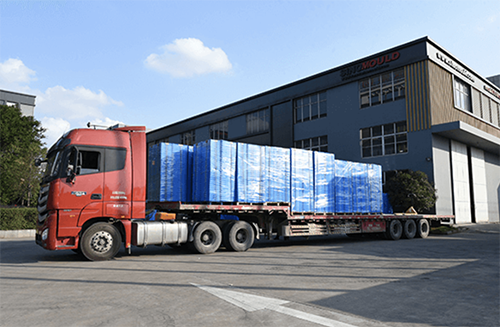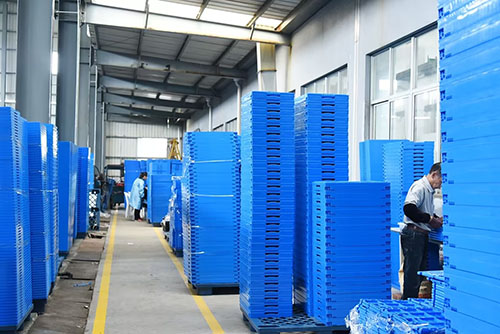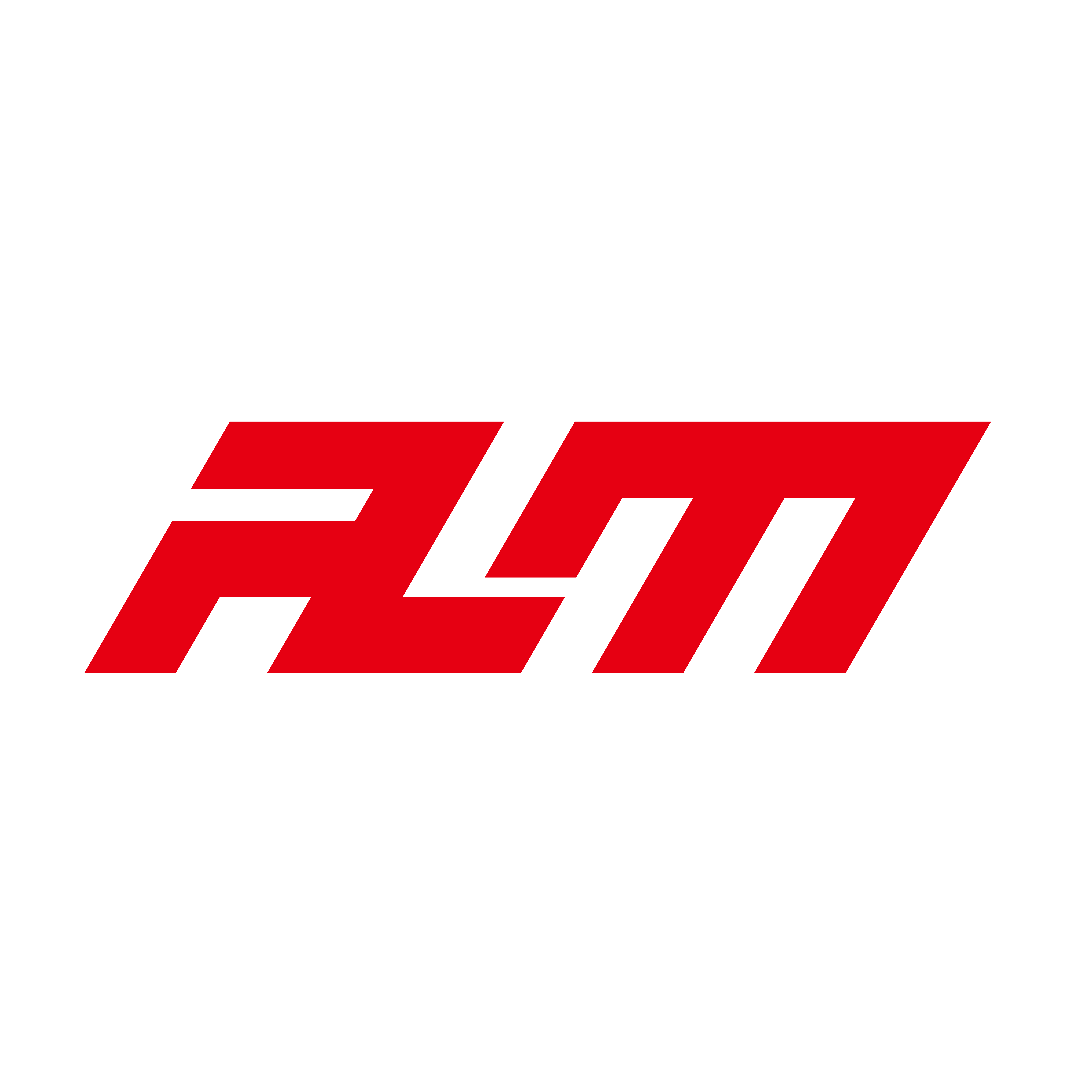In the fields of logistics warehousing, manufacturing, supermarket distribution, and more, turnover boxes are indispensable transportation carriers. With technological advancements, folding turnover boxes are gradually replacing traditional ordinary turnover boxes and becoming the new darlings of the industry. What are the irreplaceable advantages of folding turnover boxes? This article provides an in-depth analysis from five dimensions.
- Space utilization rate increased by 300%, resulting in a direct reduction in warehousing costs
The volume of the folded turnover box is only 1/4 of its unfolded state, and the thickness of a standard 1200×800mm box after folding is less than 15cm. Taking 1000 boxes as an example: ordinary boxes require a warehouse space of 500㎡, while folded boxes only need 125㎡, saving over 100,000 yuan in annual rent. It is particularly suitable for space-sensitive scenarios such as temporary warehousing during peak e-commerce seasons and cold chain logistics.
II. The transportation efficiency has doubled, and the single loading capacity has increased by 80%
When returning empty containers, they can be stacked in multiple layers in a folded state. A 9.6-meter truck that could originally only load 200 ordinary empty containers can now transport over 360 folded containers. Actual measurements from a certain automotive parts company show that after adopting folded containers, transportation frequency has decreased by 45%, saving an annual logistics cost of 270,000 yuan.

III. Reduce the total lifecycle cost by 50%
Although the price of a single folding box is 30% higher than that of an ordinary box, its service life is as long as 8-10 years (compared to 3-5 years for ordinary boxes). The PP+PE mixed material combined with the reinforced rib design enhances the impact resistance by 2 times. According to calculations by a certain fresh food enterprise, the comprehensive cost of folding boxes over a 5-year usage period is only 60% of that of ordinary boxes.
IV. Intelligent management upgrade, digital tracking is more convenient
The new generation of folding boxes comes standard with an RFID chip slot, which, when paired with the WMS system, enables:
- Automatically record the circulation path upon scanning the code
- Real-time visual monitoring of inventory
- Intelligent early warning of loss risk
After implementation in a pharmaceutical company, the loss rate of reusable containers has been reduced from 8% to 0.3%.
V. Prominent environmental protection value, in line with ESG standards
It can be recycled more than 1,000 times, reducing the carbon footprint by 76% compared to single-use packaging. The modular design allows damaged parts to be replaced individually, and the discarded box is 100% recyclable. According to the annual report of a multinational retail group, switching to folding boxes has reduced plastic waste by 320 tons annually.

Comparison of industry application scenarios:
▶ Auto parts: Anti-static folding boxes for precise parts transportation
▶ Fresh food cold chain: Integrated folding box to prevent leakage
▶ Cross-border e-commerce: Foldable design adapts to multimodal transport
Selection suggestions:
- For high-frequency cycling scenarios, the folding model is preferred
- For long-term static storage, ordinary boxes are optional
- Pay attention to the load-bearing capacity of the box (foldable boxes generally have a load capacity of over 80kg)
Conclusion: In the current era of continuously rising logistics costs, folding turnover boxes are reshaping industry standards through a triple innovation of “space folding technology + intelligent IoT + eco-friendly materials”. Enterprises should conduct cost calculations based on actual business processes and enjoy the cost-saving benefits brought by technological upgrades as early as possible.
